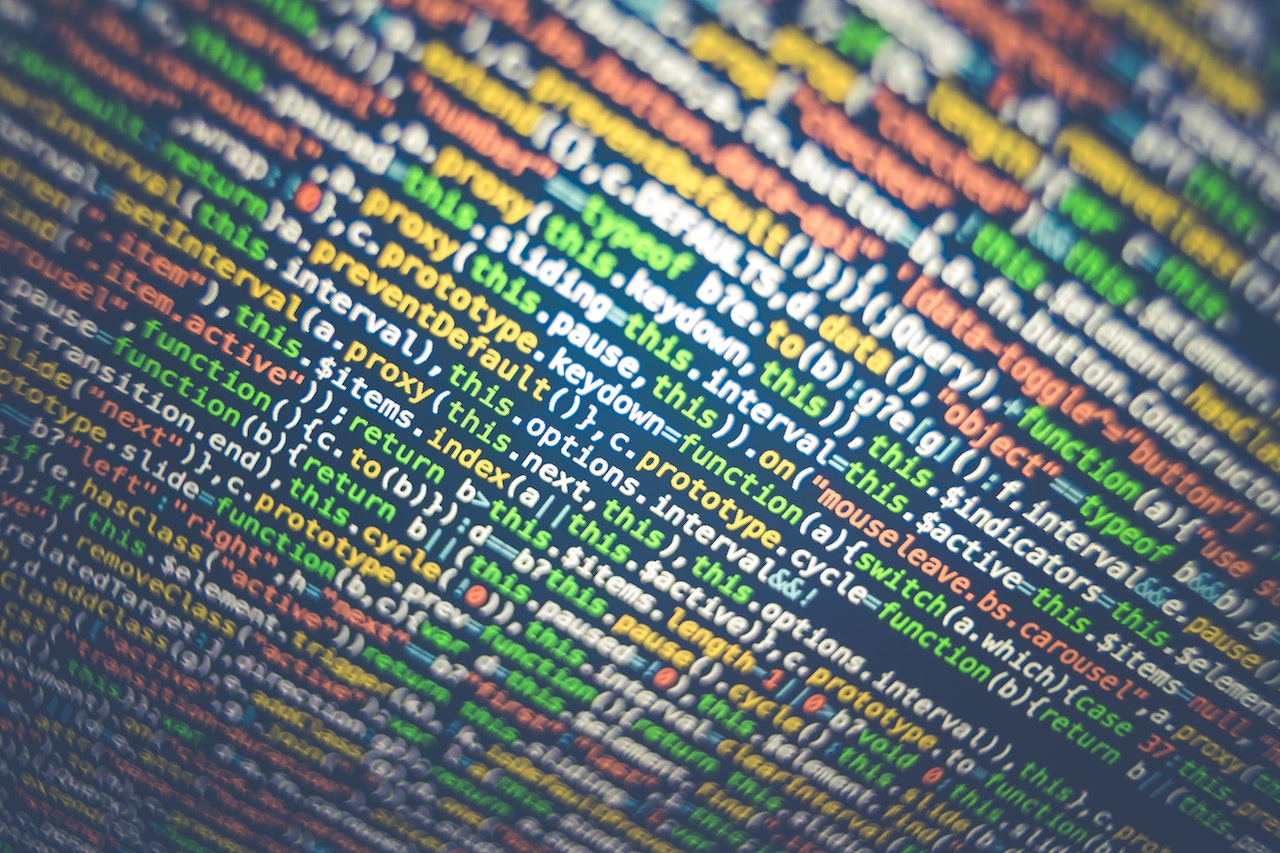The Use Of Data And Algorithms In News Production And Distribution
The use of data and algorithms in news production and distribution is becoming increasingly prevalent, and it is having a profound impact on the way news is gathered, analyzed, and presented to the public. In this article, we will explore the use of data and algorithms in news production and distribution and examine the benefits and challenges they pose.
Mar 22, 2023113.6K Shares1.5M Views

The rise of digital technologies has completely transformed the way news is produced and distributed. The abundance of data and the availability of powerful algorithms have made it possible for news organizations to produce and distribute news in ways that were once thought impossible.
The use of data and algorithmsin news production and distribution is becoming increasingly prevalent, and it is having a profound impact on the way news is gathered, analyzed, and presented to the public. In this article, we will explore the use of data and algorithms in news production and distributionand examine the benefits and challenges they pose.
We will also discuss the ethical and legal considerations that must be taken into account when using these technologies in the production and distribution of news.
News Production
The use of data and algorithms in news production has changed the way journalists work and the types of stories they can tell. For example, data journalism uses data to uncover stories and insights that would otherwise be difficult or impossible to find.
This type of journalism involves the collection, analysis, and visualization of large amounts of data, which can provide new perspectives on issues and events.
One way that journalists use algorithms in their work is to identify potential stories. For instance, algorithms can be used to track changes in social media or monitor news websites for changes in keyword usage.
This can help journalists identify developing trends or breaking news stories. In addition, algorithms can also be used to analyze data sets to uncover new insights. For example, algorithms can be used to analyze crime data to identify patterns and hotspots, or to analyze financial data to uncover fraud or mismanagement.
Another way that algorithms are being used in news production is in the area of automation. Automated journalism, also known as robotic journalism, involves the use of algorithms to generate news stories.
This technology is becoming more advanced and sophisticated and is increasingly being used to produce articles on routine or straightforward stories, such as sports reports or financial news.
Automated journalism can save journalists time and allow them to focus on more in-depth and investigative stories.
News Distribution
In addition to their role in news production, data and algorithms are also playing a significant role in news distribution. The rise of social media and the increasing use of algorithms to personalize content has changed the way news is consumed.
One of the ways that algorithms are being used in news distribution is through personalized news feeds. Social media platforms use algorithms to curate news feeds for each user based on their interests and behavior.
For example, if a user frequently engages with news articles about a particular topic, such as technology or politics, the algorithm may show more articles about that topic in the user's news feed.
This personalized approach to news distribution can lead to echo chambers, where users are only exposed to information that confirms their existing beliefs and opinions.
Another way that algorithms are being used in news distribution is through the use of chatbots. Chatbots are computer programs that use natural language processing (NLP) and machine learning to interact with users.
In the context of news, chatbots can be used to provide users with personalized news summaries or to answer questions about current events. This can help to increase the accessibility of news and make it easier for people to stay informed.
The Benefits Of The Use Of Data And Algorithms In News Production And Distribution
The use of data and algorithms in news production and distribution has several benefits, including:
Improved Storytelling
Data journalism allows journalists to uncover new perspectives and insights into events and issues. Algorithms can be used to analyze large amounts of data, which can lead to new stories and findings that would otherwise be difficult to uncover.
Time-Saving
Automated journalism can save journalists time and effort by automating routine or straightforward stories. This allows journalists to focus on more in-depth and investigative reporting.
Increased Accessibility
Chatbots can make it easier for people to stay informed by providing personalized news summaries and answering questions about current events. This can increase the accessibility of news and help to ensure that more people stay informed.

Data and algorithms in journalism
The Challenges And Concerns Of Data And Algorithms In News
The use of data and algorithms in news production and distribution is not without its challenges and concerns. One of the main issues is the potential for bias in the algorithms.
Algorithms can reflect and amplify existing biases in the data they are trained on, and this can lead to biased news recommendations or automated news stories. This can have a significant impact on public discourse, as it can reinforce existing stereotypes and limit the diversity of perspectives that people are exposed to.
Another concern is the potential for misinformation to spread through news algorithms. For example, social media algorithms may spread false or misleading information if it is engaging or goes viral, even if it is not accurate.
This can have serious consequences, such as spreading panic or promoting harmful ideologies. Finally, there is the issue of transparency and accountability.
The use of algorithms in news production and distribution is often shrouded in secrecy, making it difficult for the public to understand how decisions are being made. This lack of transparency can undermine public trust in the news media and make it more difficult to hold organizations accountable.
People Also Ask
What Is The Impact Of Big Data And Computational Resources On The News Industry?
Big data and computational resources have greatly impacted the news industry by enabling The use of data and algorithms in news production and distribution.
How Can Algorithms In News Production Help Journalists?
Algorithms in news production can help journalists by analyzing large amounts of data, uncovering new perspectives and insights, and saving time and effort.
What Are The Challenges Of Using Algorithms In The News Industry?
The challenges of using algorithms in the news industry include the reinforcement of biases and stereotypes, the spread of misinformation, and the lack of transparency and accountability.
How Can News Organizations Ensure That The Use Of Algorithms Is Transparent And Accountable?
News organizations can ensure the transparency and accountability of algorithms by working with technology companies and policymakers.
Why Is It Important To Address The Challenges Of Using Algorithms In The News Industry?
It is important to address the challenges and concerns of using algorithms in the news industry to ensure that the news remains a trusted and reliable source of information for all.
Conclusion
The use of data and algorithms in news production and distribution has brought about significant changes in the way news is produced and distributed. While these technologies offer many benefits, they also raise important challenges and concerns that must be addressed.
It is essential that news organizations, technology companies, and policymakers work together to ensure that the use of algorithms in the news industry is transparent, and accountable, and does not reinforce existing biases or spread misinformation.
Only by taking these steps can we ensure that the news remains a trusted and reliable source of information for all.
Latest Articles
Popular Articles
